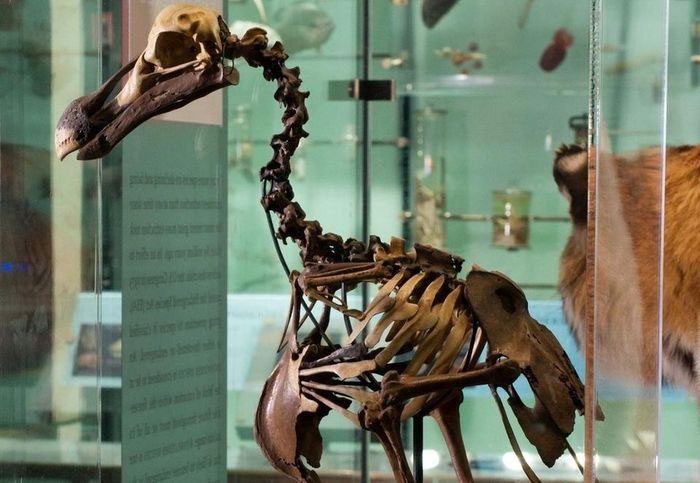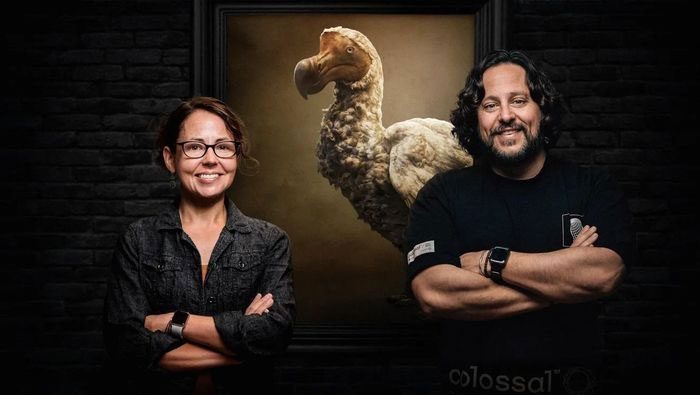Colossal Biosciences, a company with ambitious projects aimed at reviving extinct species, has added the dodo bird as the latest addition to its initiative.
Scientists are seeking to bring the dodo bird back to life, a flightless bird, by combining advancements in ancient DNA sequencing, gene editing technology, and synthetic biology, according to CNN.

The skeleton of the dodo bird displayed at the American Museum of Natural History. (Photo: American Museum of Natural History).
According to the Britannica Encyclopedia, the last known dodo bird died in 1681. Portuguese sailors first discovered this bird on the island of Mauritius, located east of Africa, in the late 16th century.
This bird was hunted for food, the encyclopedia notes. Pigs and many other animals brought to the island also ate dodo eggs, leading to the species’ extinction in less than a century.
In addition to reviving this bird, Colossal Biosciences is involved in other ambitious projects, combining genetic material to resurrect extinct species such as the woolly mammoth and the Tasmanian tiger, according to USA Today.

Paleontologist Beth Shapiro (left) and Ben Lamm, CEO of Colossal Biosciences. (Photo: Colossal Biosciences).
Beth Shapiro, a leading paleontologist at Colossal Biosciences, stated that she has completed the initial phase of the dodo project, which involves fully sequencing the dodo’s genome based on the remaining genetic material of the species.
The next step is to compare the genetic information with the dodo’s closest relatives, such as the Nicobar pigeon, to identify mutations that could “create a dodo,” Shapiro explained.
However, Shapiro believes that handling cells from the living relatives combined with the DNA of the extinct dodo will be significantly more challenging.
Even if the research team succeeds, they will not be able to create a dodo bird identical to the extinct species but rather a genetically modified hybrid.


















































